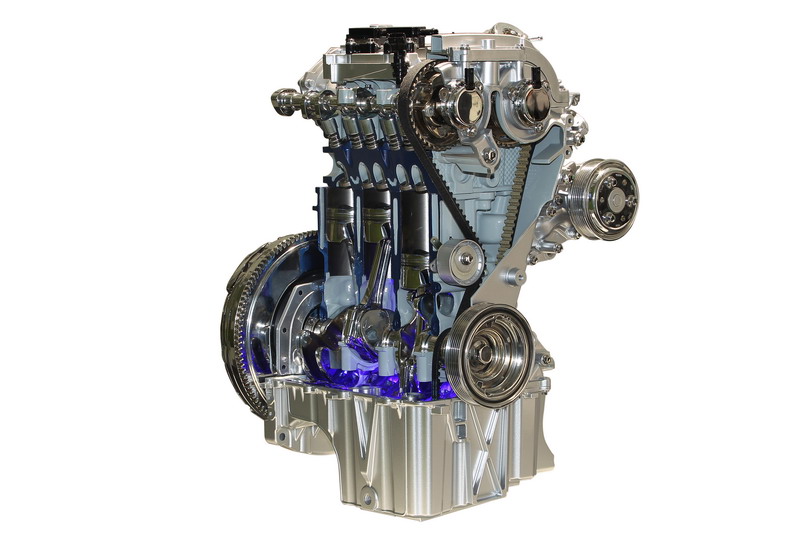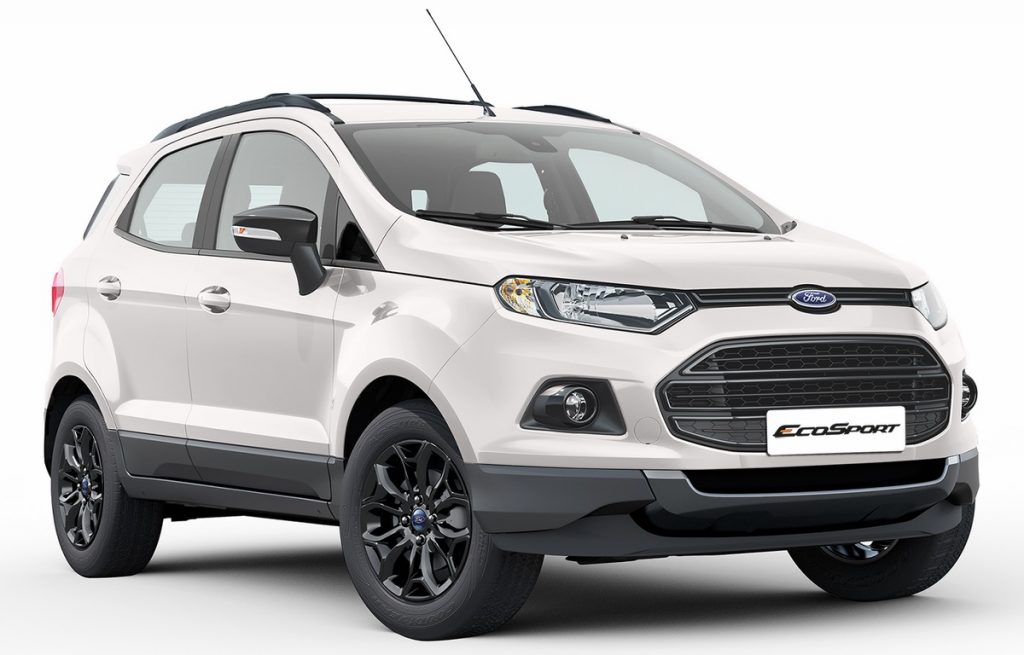Ford’s 1.0 litre EcoBoost mill has won the Best Small Engine award for the 5th year in a row. Despite the growing competition by other players in the sub 1.0 litre engine displacement territory, it has managed to keep its flag flying high, making it the 9th recognition for the engine. Its combination of drivability, performance, economy, refinement and technology continues to set a standard for others to follow.
The three pot EcoBoost was adjudged as the 2016 International Engine of the Year under the Best Engine Under 1.0 litre category by a panel of 65 journalists from 31 countries. This time it finished ahead of 32 competitor engines. Yes, the game has just got bigger in the sub 1.0 litre turbocharged engine market.

In 2014, it became the first engine to be named as the overall International Engine of the Year for a third time in a row. In 2012, it was also named as the Best New Engine. Here’s what Mr Trevor Worthington, Vice President, Product Development, Ford Asia Pacific, had to say:
“The 1.0-liter EcoBoost was a game-changer, and despite others following our lead, it remains the undisputed benchmark in its class five years on. It represents how we continue to innovate to bring our customers the mileage they need and the power they want in Asia Pacific with more EcoBoost engines across our growing product lineup.”

Available in 72 countries, the 1.0 litre mill has changed the way people look at small engines. In fact, a road legal Formula Ford race car fitted with a high output version of the engine lapped the Nürburgring in 7 minute 22 second! That puts it ahead of a host of supercars including the 600 hp+ Lamborghini Aventador, Ferrari Enzo and Pagani Zonda.
In India the 1.0 litre EcoBoost mill is available in the compact SUV EcoSport. Trim levels include Trend+, Titanium and Titanium+. It churns out 125 PS of maximum power at 6,000 rpm and 170 Nm of torque peaking in the range of 1,400 to 4,500 rpm. It returns a fuel economy of 18.9 kmpl and emits 126 kg of carbon dioxide per kilometer.


